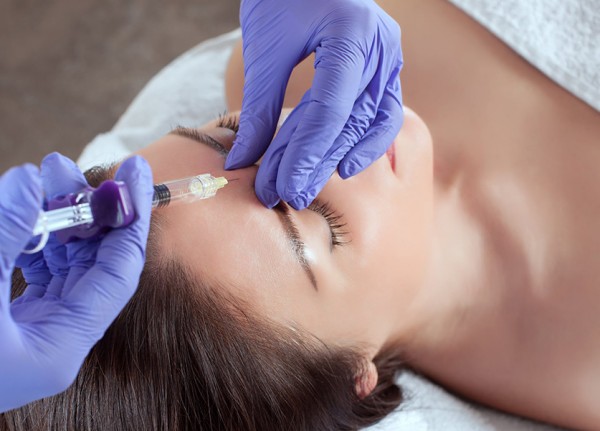LIFESTYLE
How to limit Covid-19 risks during lunch breaks
Louis Ginies – Madame Figaro
16-October-2020

With the ongoing coronavirus everywhere in the world, many of our routines became or prohibited or risky. One of them is our lunch break. Are we going to keep having lunch breaks with our colleagues? An ID (Infectious Disease) specialist is giving us all the information and tips we need for a safe lunch break with our colleagues and to avoid passing the virus.
Should we eat alone to be safe?
Ideally, Yes, so that you do not take any risk and so that no one else also takes it. However, eating alone and living alone will eventually affect your mental health. Adapting to the situation and having a lunch break with your colleagues despite the virus, requires you to follow some rules. The ID specialist at the “Center Hospitalier Avranches-Granville”, Alexis Hautemaniere will give you every single detail.
Sit in open-air spaces (Outdoors)
"The risk of contamination is higher in a closed place than in an open-air space” says the Doctor. So as long as the weather permits, it is better to sit outdoors while taking all the precautions (washing your hands regularly and maintaining a physical distance of at least one meter). “Above all, we must avoid big groups. If we are sitting outdoors and there’s only a 10 centimeters space between each other, then the risk remains higher” adds the doctor.
Avoid face-to-face chats
From Now until the coming few months, during autumn and winter, eating together with your colleagues outside is going to be sometimes impossible, and the most reasonable, according to the doctor, would be to have lunch alone.
Now if you still don’t want to miss the lunch break’s chit chats, Alexis Hautemaniere offers two tips. First limit the number of the colleagues you sit with to 2 or a maximum of 3. And second, if the first tip is not possible, just try avoiding face-to-face chats. "It is better to eat side by side and a meter away, or even back to back, even if it is less pleasant". Or else, you can eat while walking around and keeping a fair distance, and this way you won’t be sitting in the same place for so long”.
Hands’ hygiene is important
“This virus gave us the opportunity to learn again some basic hygiene concepts that we forgot about” Says Dr. Alexis. Hands should be washed regularly during the day, and especially before eating. If you touch your phone, you clean your hands again in order to limit any transmission of viruses and bacteria. In addition to your hands hygiene, it is important to disinfect the lunch spot as soon as you arrive, using soap and water preferably or anti-bacterial wipes.
Make sure to store your mask
What to do with protection during the meal? By definition, a disposable mask can only be used once (for a maximum of four hours), and must therefore go straight to the trash when used. Ditto for the sheet mask, it should be changed after a meal, and ideally two to three times a day. While it is not on your face, it is placed in a small plastic bag so as not to contaminate the rest of the things in your bag. Be careful, there is no need to keep it and lower it with each bite. Fiddling with your mask increases your risk of becoming infected.
Bring your own lunch
Finally, the best thing you can do is benefit from the food cooked at home. “This is one of the things that you can control when it comes to exposing yourself to the virus” says the doctor. The survival time of the virus depends on the material: A few hours on papers, two to three days on fabric, and up to nine days on plastic.
Therefore, by bringing you own meal you’re aware of the containers and of the food. If you take out your containers, you might as well disinfect the tray you use.
What about the temperature of the food? According to the specialist, a hot dish is safer, so reheating your food is important. Yes, the season is still for fresh and light recipes, but we now know that the virus cannot stand an over 60 degrees’ temperature, so putting your dish (or container) in a clean microwave will be a good step.
Recommended

SĀN Beach Returns with Soulful Morning Retreats in Dubai
15-April-2025

Batroun, Where History Meets the Best Beach Resorts in Lebanon
15-April-2025

A Taste of Sakura Season at Hilton Yas Island Abu Dhabi
11-April-2025
Most read
-
1
Alo Yoga Launches in Lebanon with Grand Opening at Beirut Souks
-
2
العد التنازلي لانطلاق منتدى الجمال والصحة النفسية والجسدية بدأ!
-
3
CHANEL Sublimage Le Sérum
-
4
The EMIGALA Fashion & Beauty Awards Announces its Fifth Edition
-
5
Maya Nassar Maalouf to Represent Lebanon at Ms. Universe World International 2025





